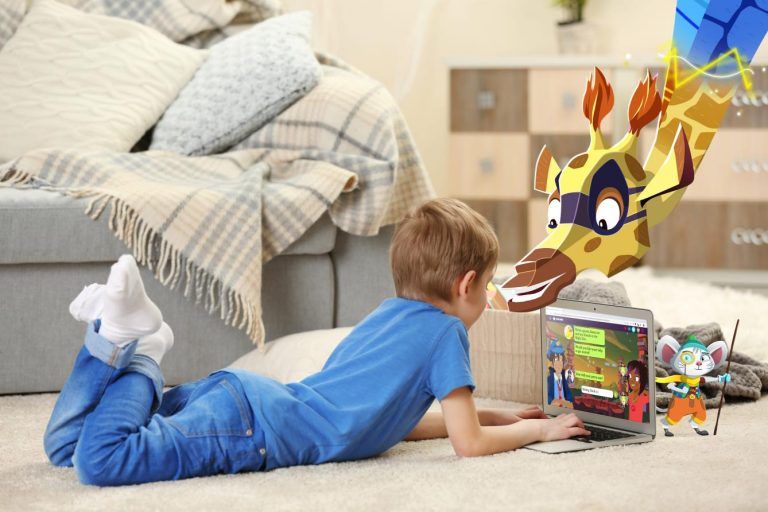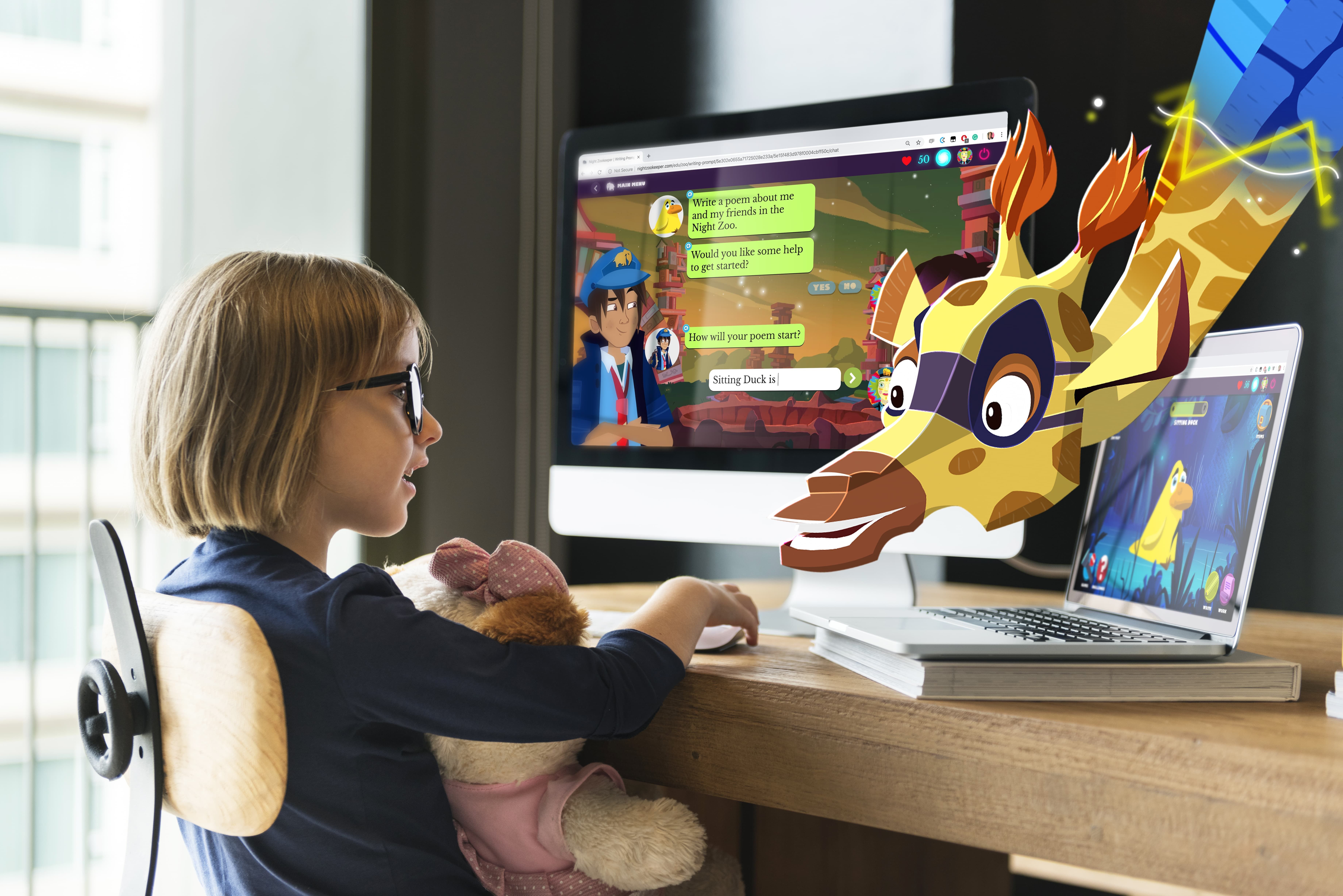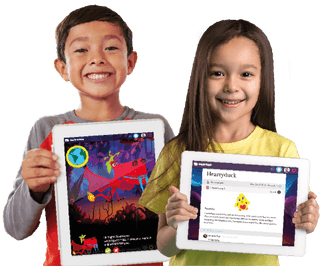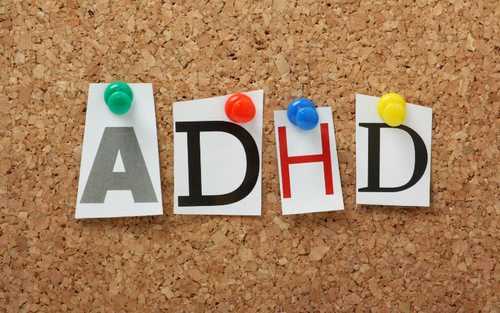How you can help your child with dysgraphia or dyslexia to enjoy writing.


Dyslexia and dysgraphia are common learning difficulties experienced by children. It can be incredibly tough to find a program that not only helps encourage a child to love creative writing who struggles with either of these difficulties, but also one that allows them to actually flourish as creative writers! So, the main question is how can we help someone with dysgraphia or dyslexia with their writing so that they can grow to love it? There are plenty of online learning games and options for dyslexia and dysgraphia that can help your child.
What is Dyslexia?
Dyslexia is a condition which causes impaired reading. According to the Dyslexia Association, there are many contributing factors, but essentially, a child with dyslexia in primary/elementary school has particular difficulty learning to read, write and spell.
What is Dysgraphia?
According to the International Dyslexia Association, dysgraphia is a condition which causes impaired handwriting and trouble putting thoughts on paper, which can make it difficult for a child to learn to spell words or write quickly. Often, dysgraphia (a condition which causes impaired handwriting and spelling) can be paired with dyslexia (a condition which causes impaired reading).
Digital Helping Hands for Dyslexia and Dysgraphia
Nowadays, the internet has a plethora of useful extensions that can be added to a device to either do speech-to-text, or text-to-speech. Whether your child needs some extra help reading or some extra help writing, these add-on extensions can really help boost some confidence.
To access extensions that will read text aloud on your devices, we recommend trying the following:
Here is what you can do for iPad devices, or if you are using a Google Chrome browser.
Text-reading add ons
Google Chrome:
Text to Speech Add On.
Download this add on and select text to be read aloud.
Safari:
Select Edit > Speech > Start Speaking
This will read aloud everything on your screen.
Safari on iPad:
Go to Settings > Accessibility > Speech > On
On the website, select the text and then select the option ‘Speak’
To access extensions that will capture speech to text on your devices, we recommend trying the following:
Here is what you can do for iPad devices, or if you are using a Google Chrome browser.
Text to Speech Add On:
Google Chrome:
Download this add on.
Typing vs Handwriting

It’s very hard to allow easy writing for dysgraphia. In essence, the act of writing itself can be painful and difficult.
Handwriting involves a whole lot more than putting ideas down on paper. To actually pick up a pen or pencil and hold it properly and master the skills of writing letters correctly is a whole lot of motor skills and work. Therefore, in many ways typing can be helpful for a child who is struggling with dysgraphia.
Now, to fully preface this section, typing can still be incredibly hard for a child with dysgraphia in regards to finding letters and correctly spacing words. However, we’ve found with an array of smart keyboards and devices, more typos and errors can be found and corrected.
Creativity First
So, how does one find fun ways to get better at writing if your child has dyslexia or dysgraphia? What are good writing exercises for dysgraphia?
Remember, writing doesn’t always have to start with pen and paper. The key to good writing can start with mastering storytelling. Channeling one’s inner creativity and imagination can be one of the best places to start to get a child to want to take their ideas and eventually learn to properly write them down.
The benefits of digital literacy games for dysgraphia and dyslexia

Playing word games, like unscrambling the sentence, where all the words in a sentence are presented, and a child simply has to drag words into the right sentence order, rather than write them out can be helpful towards gradually getting better at sentence building.
Often, literacy games present ways for children to learn how to write without actually physically writing. In fact, most of the time, they are dragging or tapping.
Games that have children simply “tap” to find an adjective, verb or correctly spelled word can be an easy way to promote learning (and spelling), without the difficulty of writing the words out.
The Night Zookeeper website offers a range of these drag and tap digital word games, which you can read more about here. However, you can make at-home physical versions of these games using flashcards!
Writing too daunting? Play verbal games:
Sometimes, if a child struggles with writing and reading, the mere thought of writing in any form may cause them to clam up or become resistant. Think of ways to get your child to start being creative in order to get them to be more confident in capturing their creativity in writing.
One classic verbal word game is, “I spy (with my little eye!)”. Verbal games are a really good option to kick-start their creativity and imagination. This game is appropriate for a broad age range. All you need for this game is your imagination!
Encourage drawing
Often, the desire to draw comes earlier than the desire to write. It is no secret that creative writing goes hand-in-hand with drawing. Many children articulate their thoughts differently, and one way to start telling a story is by drawing it!
Give encouraging feedback, not criticism
We admit it’s incredibly important to correct grammar and spelling to help strengthen your child’s writing, especially when they might be struggling with it. However, we’re asking you to step beyond this in order to eventually guide your child back to it. Take a moment to celebrate their creative ideas rather than the errors! If your child has created a blue striped Liominkey (halflion, half monkey) then by all means, embrace that animal! Learning is two-fold in the sense that when creativity is fed, engagement will increase and with more work produced, the grammatical improvements will follow.
How Night Zookeeper can help

Night Zookeeper strives to provide an inclusive platform for children who have learning difficulties, aiming to elevate their voices and help them reach their full creative potential!
These kids are filled to the brim with exciting and creative ideas – they are simply just trying to find a way to actually express them properly!
How to navigate the Night Zookeeper platform if your child has dyslexia or dysgraphia
Selecting age
On Night Zookeeper, age is linked with our curriculum and learning goals. Therefore, signing your dyslexic or dysgraphic child up at a lower age will decrease the difficulty of the platform.
Looking for our writing curriculum for dysgraphia or dyslexia? You can read a sampling of our Learning Goals by age in our handy parent guide.
We understand that signing your child up for a younger age could impact their self confidence. So, please note, you can always update your child’s age at a later time within your parent dashboard. This will automatically change the difficulty of the content.
Outside of the parent dashboard settings, age is not listed anywhere, which means that your child will not be able to see if their age anywhere on their account.
Audio buttons for dyslexia
Night Zookeeper is equipped with audio buttons that offer a little extra help with reading. Except for the curriculum games, the buttons won’t automatically read out text, giving your child the opportunity to choose if they need the extra help or not. This gives them a sense of agency and independence.
The benefits of a typing platform for dysgraphia
Night Zookeeper focuses on improving a child’s creative writing skills.
While we have options to incorporate more handwriting on the platform for parents who want their littles ones to get more handwriting practice, the Night Zookeeper platform is mainly typing based, which means handwriting doesn’t take much effort. As Liz, one of our Night Zookeeper parents whose child has dysgraphia points out, “Often the act of handwriting is very difficult and painful so the effort that could be going into creative writing is going into the physical act of writing. Night Zookeeper has allowed my son to focus on the creative writing aspect of writing. He has also enjoyed the writing prompts and the creation of his own characters.”
Please note – for parents who are looking for extra handwriting practice, children can upload pictures of their handwriting to be reviewed by our tutoring team within our writing tool. There are also printable supplementary educational resources that are available for purchase in the shop.
Finally, we also provide monthly writing resources for free, which offer even extra handwriting practice.
Gradual learning/bite sized learning

The Night Zookeeper website focuses on putting writing into manageable bite size chunks, building on them, rather than offering a blank piece of paper with no prompts where many skills are needed to physically write.
If you want your child to focus on creative writing, it is best to isolate “creativity” first. Night Zookeeper gently introduces creativity by prompting children to think of and draw their own magical animal.
From there, we offer a chat functionality where a child engages with the magical animal they’ve created and answers questions in order to build up to a larger piece of writing. Before the child knows it, they’ve started writing a longer report.
As Sheridan, one of our Night Zookeeper parents whose child has dyslexia says, “Overall, my son is proud of his Night Zookeeper family. He knows his characters and is motivated to develop them through the activities. He needs support to participate in it – therefore it’s something we share, but I can step up his level of direct participation slowly.”
Personalized feedback
Once a child has written enough, this writing is submitted to our tutoring team. The tutors provide gentle and positive feedback intending to encourage creativity and imagination.
While we will provide grammatical and spelling corrections, the intention is to help the child flourish creatively, then improve on their writing skills. With creative confidence comes a willingness to want to improve on key skills.
We’ve found that children really look forward to receiving tutoring feedback and providing the necessary edits to improve their pieces.
Roxanne, a Night Zookeeper parent whose child has dyslexia, dyspraxia and autism says that the feedback has proven to be incredibly helpful. She wrote, “I love that you guys give feedback. I’m also dyslexic so it helps me that you can give her feedback on her work.”
Our tutoring team also moderates all comments written by children on the platform. This means, we’ve been able to cultivate a very positive community of children who read each other’s writing and provide their own encouragement in the form of comments on each other’s work. This positive commenting community is incredibly effective in boosting a child’s self esteem.
For those children who are more sensitive towards getting feedback from other children, please note that your child’s profile settings can be turned private in your parent dashboard settings.
Confidence building:
At Night Zookeeper, we offer a secret promotional service. If you write a piece together with your child, even if they do it kicking and screaming, and then send it to us, we will showcase it on our social media platforms. This can bring huge confidence to the child and help them fall in love with writing and grow in confidence.
Sign up today and get a FREE 7-day trial!
Got any questions about the program? Email us at [email protected]. Follow us on social media for extra tips and activities:


Make Reading & Writing Fantastically Fun!
- Award-winning reading & writing program for kids
- Improves spelling, grammar, punctuation & vocabulary
- Over 1,000 different learning games and activities


Why Gamification Helps Children with Special Educational Needs


How Creative Writing Can Help Children with Anxiety


How Night Zookeeper has Helped Children with ADHD
